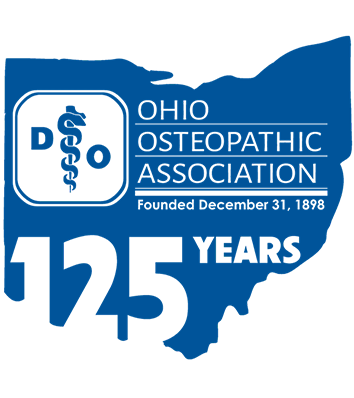BWC UPDATE
Lost-time claim no longer needed for Transitional Work Grant
(August 11, 2016) Recovering from a workplace injury is not as simple as “get better, go back to work.” Each injured worker needs an individualized plan for recovery and getting back to the routine of work quickly and safely.
Transitional work, onsite therapy
For many, that plan may begin within the week of the worker’s injury and may include transitional work and onsite therapy services. Using the worker’s own job activities as a part of therapy results in a smoother transition back to his or her regular job duties with less anxiety and fear of re-injury.
A well-designed transitional work plan can help facilitate a more thorough and quick recovery, helping both the injured worker and his or her employer. The Ohio Bureau of Workers’ Compensation (BWC) recently expanded its Transitional Work Grant program, removing the requirement that an employer must have experienced a lost-time claim in order to apply. As a result, we are hoping more employers will be taking a proactive approach in managing their employees’ injuries.
What is a Transitional Work Grant?
Our Transitional Work Grant program aids employers in developing a transitional work program that's right for their business and their employees. Transitional work helps return an injured worker to the job as soon as safely possible while still recovering from their injury. No other workers’ compensation organization offers a transitional work program that includes financial grants for employers. Employers (both public and private) with at least 11 employees are eligible for 3-1 matching grants of up to $6,300, depending on their number of employees.
How is the provider involved?
A BWC-accredited transitional work developer designs a customized transitional work program for the employer with program policies and procedures. In addition, the developer establishes relationships with health-care providers in their community who will respond to the injured workers’ medical and rehabilitation needs and understand the employer’s operations.
More importantly, job analyses are performed on the job positions at the highest risk of employee injury. This valuable tool outlines the demands of the worker’s job to help guide the treating provider in making a decision about the worker’s functional progress and help establish the worker’s capabilities. Contact BWC’s Transitional Work Grant unit to learn more about becoming an accredited transitional work developer.
For more information about how these grants can help injured workers return to work, view the new fact sheet, visit www.bwc.ohio.gov, or contact BWC’s Transitional Work Grant unit at TWSupport@bwc.state.oh.us, 614-995-0437.



